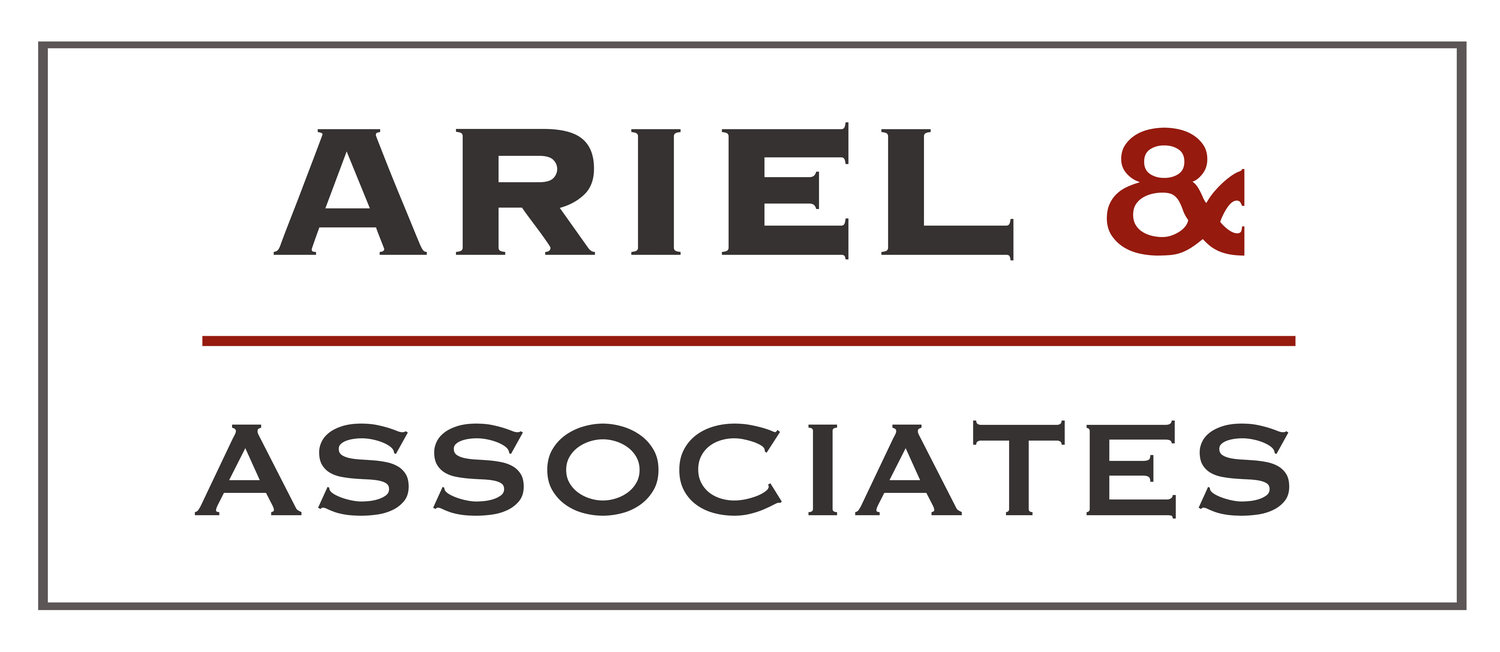As a result of the growing number of market operators in the Australian financial sector, market market supervision and real-time surveillance was transferred from the Australian Securities Exchange (“ASX”) to ASIC in August 2010. As a result, ASIC drafted specific rules for each Market Operator, which became known as the Market Integrity Rules.
There are Market Integrity Rules for all current Market Operators - including the ASX, ASX24, Chi-X, National Stock Exchange of Australia (“NSXA”), Sydney Stock Exchange and Financial and Energy Exchange. Additional Rules have been drafted to cover competition in market rules and capital requirements.
The number of rules and regulations for a market participant is extensive - more so if the entity is a participant of more than one Market Operator. It is important to note that any participant is also required to comply with that exchange’s operating or business rules as well as the primary legislation - the Corporations Act 2001 (Cth).
Although it has been flagged for quite some time, ASIC is proposing to consolidate the various Market Integrity Rules.This is excellent news and will (hopefully) see the consolidation of 13 of the 14 Market Integrity Rules into four.
ASIC has noted the following benefits of such a proposal:
Reducing red tape.
Cutting down on compliance costs and resources.
Creating a single point of reference for such rules.
Ensuring commonality between the markets.
Streamlining the review and consideration of substantive amendments going forward.
It is interesting to note that the genesis of each Market Operator’s Market Integrity Rules was its own Operating or Business Rules. The sections dealing with monitoring and surveillance were largely transferred from the rules of the Market Operator directly to ASIC.
This has brought about certain contradictions and irregularities in the Market Integrity Rules. For example, the ASX has rules governing the appointment of certain individuals known as “Responsible Executives”, whilst the equivalent at the NSXA are “Responsible Officers”. The other Market Operators have no reference to such positions.
Further, following the transferring of monitoring and surveillance responsibilities from the ASX to ASIC, Responsible Executives became governed by ASIC, even though they were a specific function of the ASX. Until recently, ASIC had to authorise and approve such appointments.
It is my belief that the positions of Responsible Executives and Responsible Officers are largely redundant due to the fact that there already exist individuals within an entity who are accountable for such functions - I am referring to Responsible Managers. The fundamental difference between these positions is that Responsible Executives / Officers are responsible for the activities undertaken on the ASX / NSXA markets, whilst Responsible Managers are responsible for the provision of certain financial products as a whole (that is, under the Australian Financial Services Licence).
ASIC has issued Consolidation Paper (“CP”) 277, with submissions due by 7 March 2017. CP 277 seeks feedback in regard to consolidating the Market Integrity Rules and clarifying existing obligations for:
Management requirements and responsible executives.
Dealing ‘as principal’.
Block trades and large portfolio trades.
Derivatives market contracts and wholesale client disclosure.
Record keeping by market licensees.
Should you have any queries, please contact Jeremy Danon, director of Ariel & Associates Pty Ltd on (02) 8223 3355 or at jeremy@ariel.associates.
